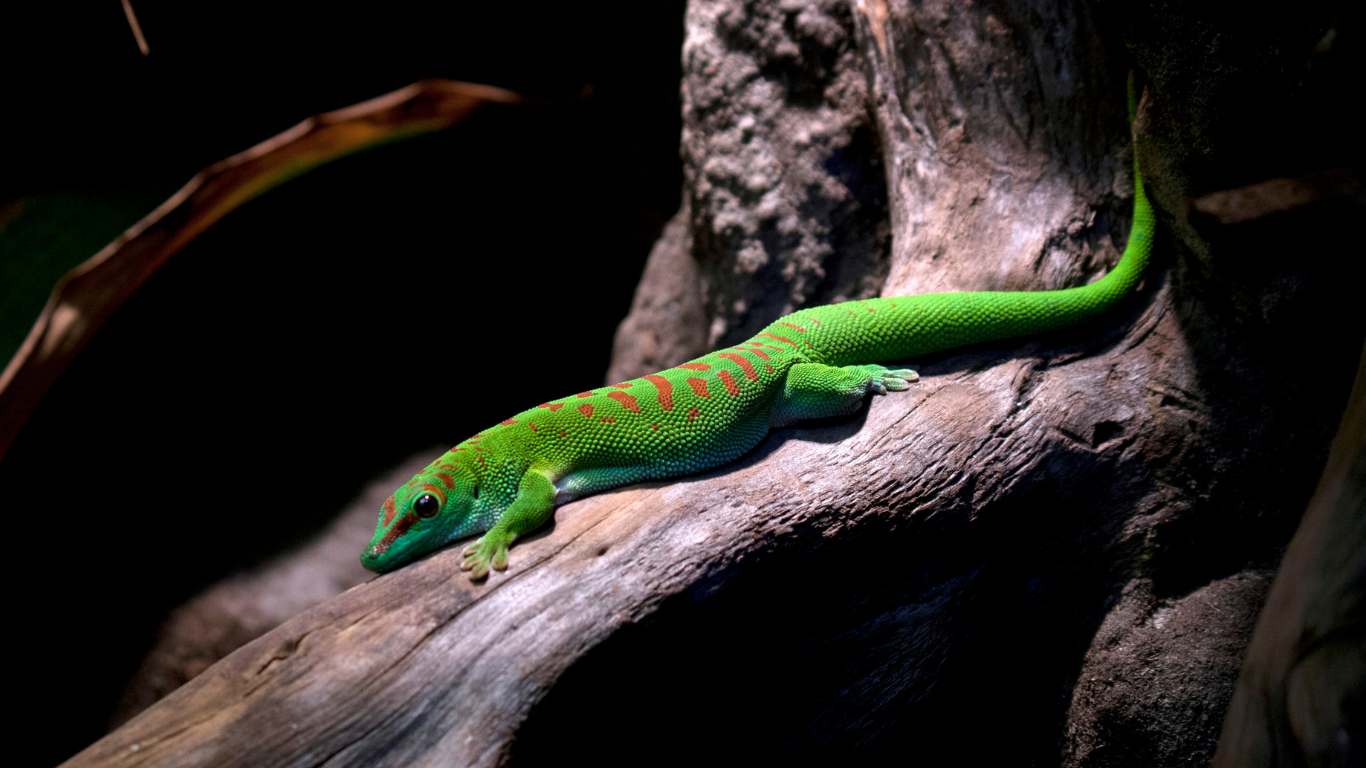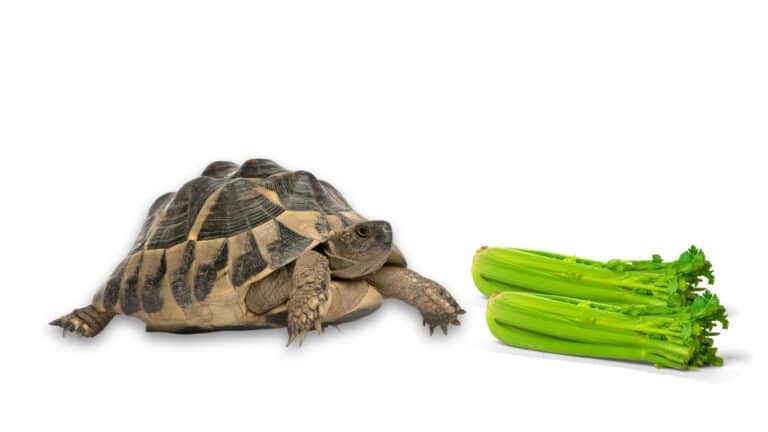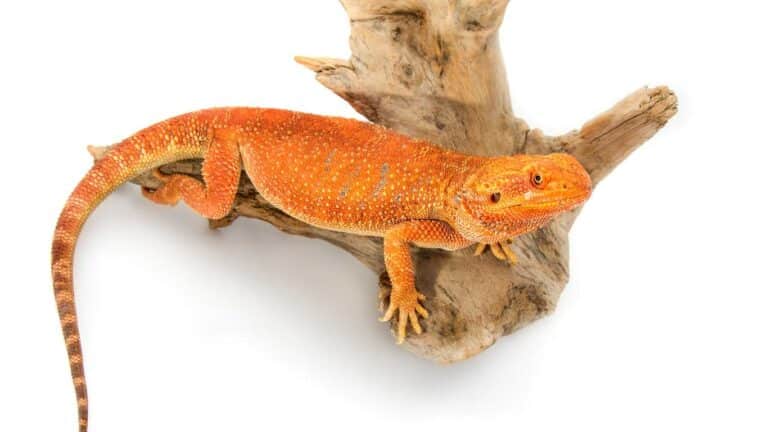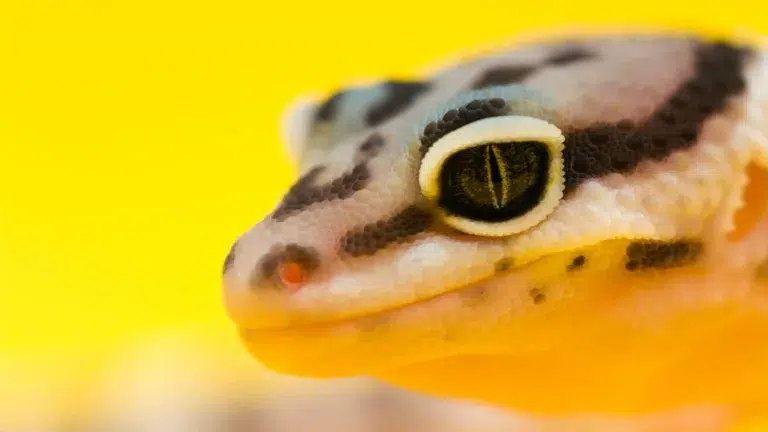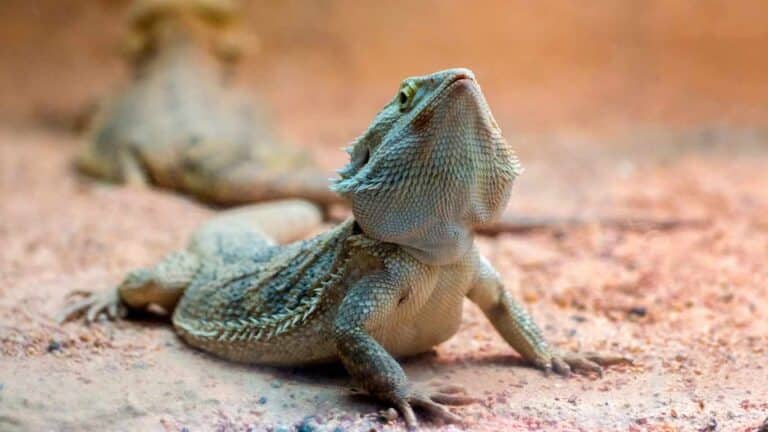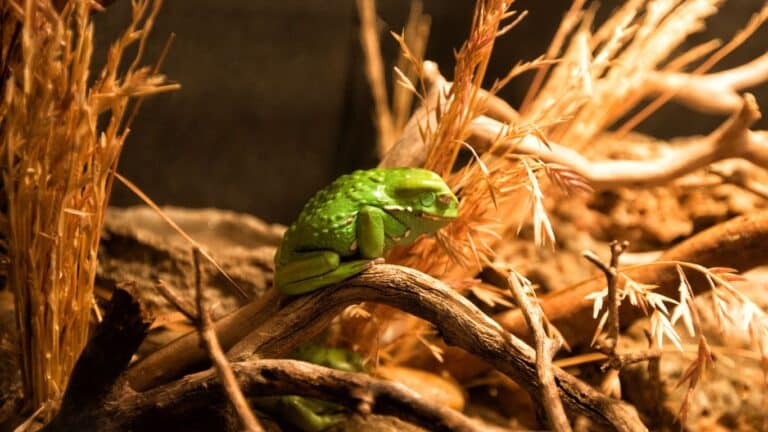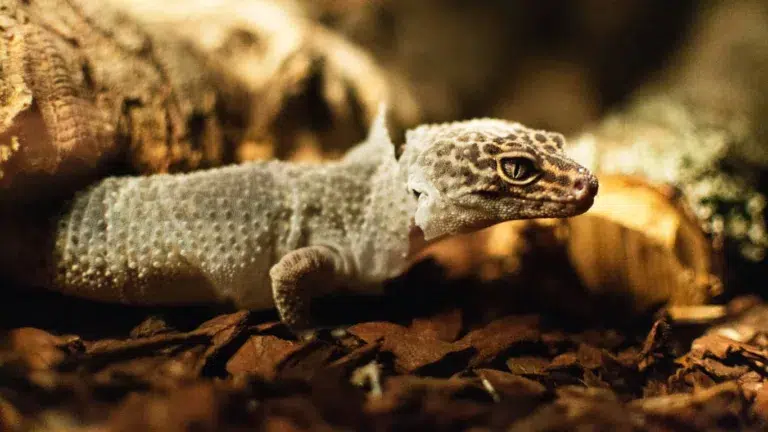Did you realize that inexperienced geckos have become an invasive species in many heat climates round the arena? These native reptiles from southern Europe and northerly Africa have determined their manner into severa areas, adapting without difficulty to lifestyles in captivity and becoming popular pets. However, offering proper care for these fascinating creatures is essential for their nicely-being and durability.
From creating the ideal gecko habitat to keeping the correct environment and feeding a wholesome weight-reduction plan, there are several critical aspects to take into account while caring for a green gecko. In this comprehensive manual, we can explore the key factors of gecko care, along with their habitat, weight loss plan, and commonplace fitness problems. Whether you are a new owner or an skilled reptile fanatic, this article will provide you with valuable statistics to help you make certain the nicely-being of your inexperienced gecko pet.
Green Gecko Nuggets:
Common House Gecko: Facts and Characteristics
The common house gecko, also known as the wall gecko or house lizard, is a fascinating reptile with unique features. Scientifically named Hemidactylus frenatus, this small lizard typically measures 3 to 5 inches in length, tail included. With its yellowish tan coloration adorned with dark spots or pale grey-white variation, the common house gecko is an aesthetically intriguing creature.
One of the distinctive traits of the common house gecko is its specialized toe pads, which allow it to effortlessly climb vertical surfaces. These geckos possess remarkable adhesive capabilities, enabling them to swiftly maneuver across walls and ceilings.
“The common house gecko is known for its ability to cling to a variety of surfaces, making it a remarkable climber.”
As a nocturnal species, common house geckos are most active during the nighttime hours. They possess a keen ability to detect and capture insects attracted to light sources, making them valuable pest controllers in certain environments.
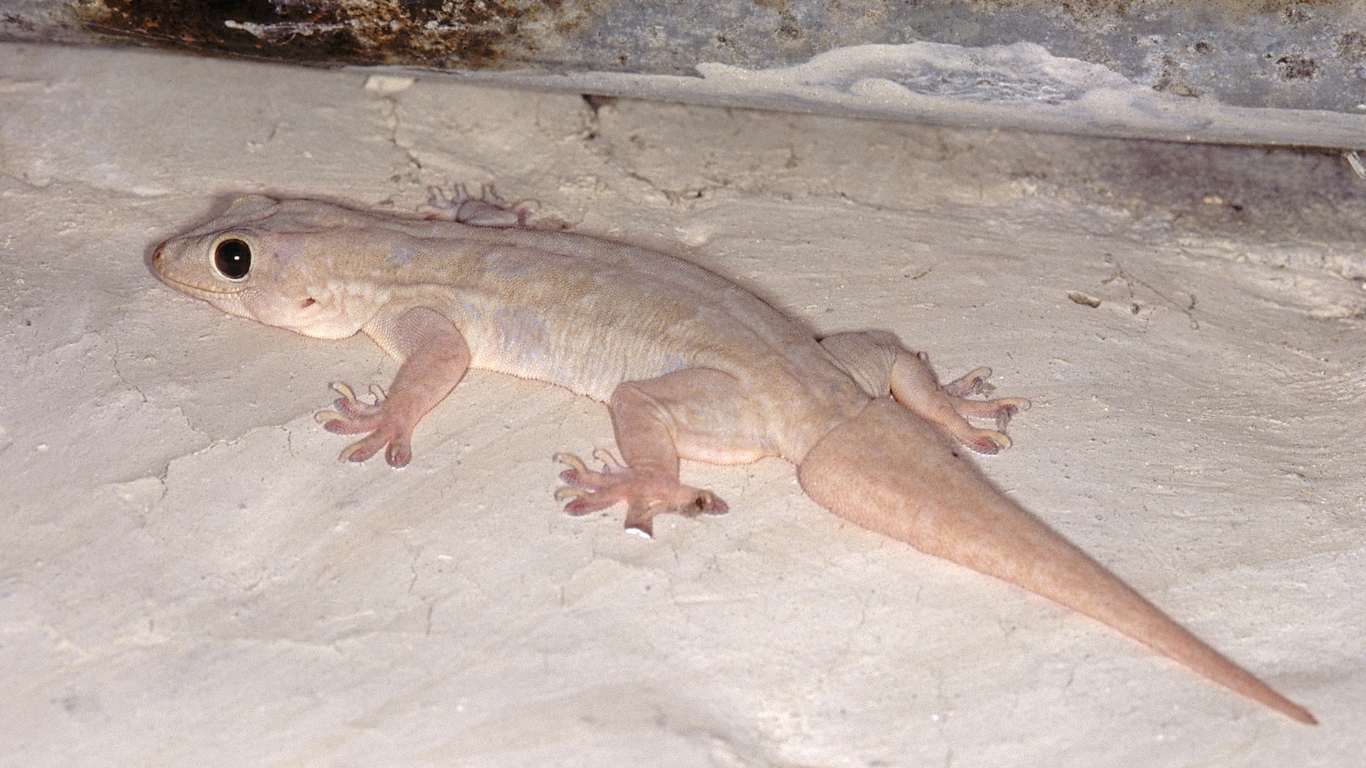
Common House Gecko Facts
| Scientific Name | Common Names | Size | Coloration | Behavior |
|---|---|---|---|---|
| Hemidactylus frenatus | Common house gecko, Wall gecko, House lizard | 3 to 5 inches (including tail) | Yellowish tan with dark spots or pale grey-white | Nocturnal, primarily feeding on insects attracted to light sources |
By harnessing their inherent adaptability and distinctive physical attributes, the common house gecko successfully thrives in a variety of urban and tropical habitats.
Creating the Perfect Gecko Habitat
When it comes to providing the ideal living space for your geckos, a well-designed habitat plays a crucial role in their overall health and wellbeing. Creating a gecko habitat that mimics their natural environment is essential to ensure their comfort and happiness. Here are some key factors to consider:
Adequate Size and Space
While a 20-gallon tall terrarium can accommodate a pair of common house geckos, it is recommended to provide larger enclosures whenever possible. Geckos need vertical space for climbing and exploring their surroundings. Opt for a taller tank that allows them to exercise their natural climbing abilities.
Climbable Furnishings
Geckos love to climb and explore their environment. Incorporate climbable furnishings such as branches, driftwood, and plants to create a stimulating and engaging habitat. These furnishings not only serve as climbing structures but also provide hiding spots and exploration opportunities for your geckos.
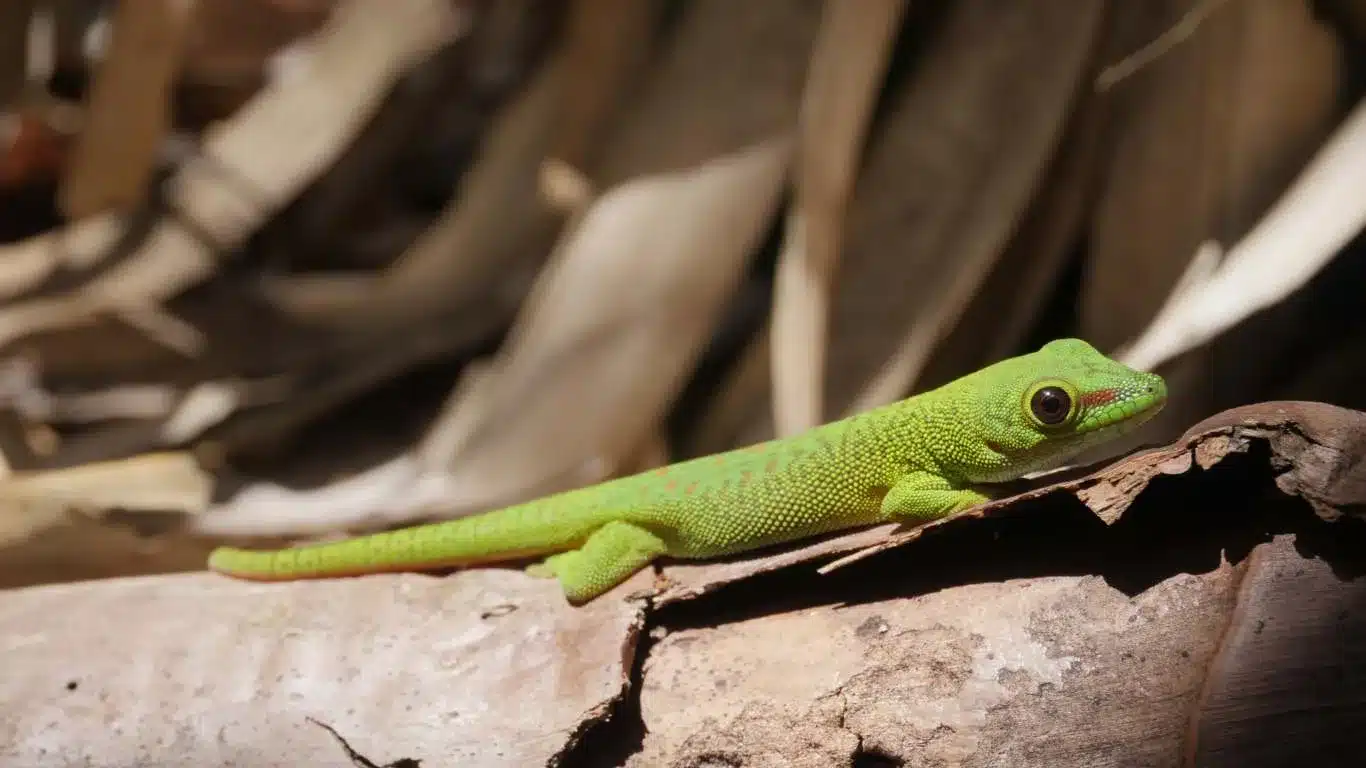
Hiding Spots and Reptile Caves
Geckos are nocturnal creatures and they need secure hiding spots to feel safe and secure during the daytime. Provide reptile caves or small clay plant pots as hiding spots throughout the enclosure. These hiding spots not only give your geckos a sense of security but also help create a more natural and enriching environment for them.
Creating a Natural Environment
To make the habitat more natural and visually appealing, consider adding live plants. Not only do live plants enhance the aesthetics of the enclosure, but they also provide additional hiding spots and help maintain humidity levels. Just make sure to choose non-toxic plants that are safe for your geckos.
By carefully designing and providing a gecko habitat that caters to their natural instincts and needs, you can create an environment where your geckos can thrive. This will promote a healthy and happy life for these fascinating reptiles.
Maintaining the Ideal Gecko Environment
Creating and maintaining the perfect environment for your common house gecko is crucial to ensure their health and well-being. In this section, we will cover the key elements that contribute to an optimal gecko habitat, including the gecko enclosure, substrate, humidity levels, temperature gradient, and UVA/UVB lighting.
Gecko Enclosure
When setting up the gecko enclosure, it’s important to provide enough space for your gecko to move, climb, and explore. A 20-gallon tall terrarium is ideal for a pair of common house geckos, but larger enclosures are recommended for more active geckos. The enclosure should have a secure lid to prevent any escape attempts.
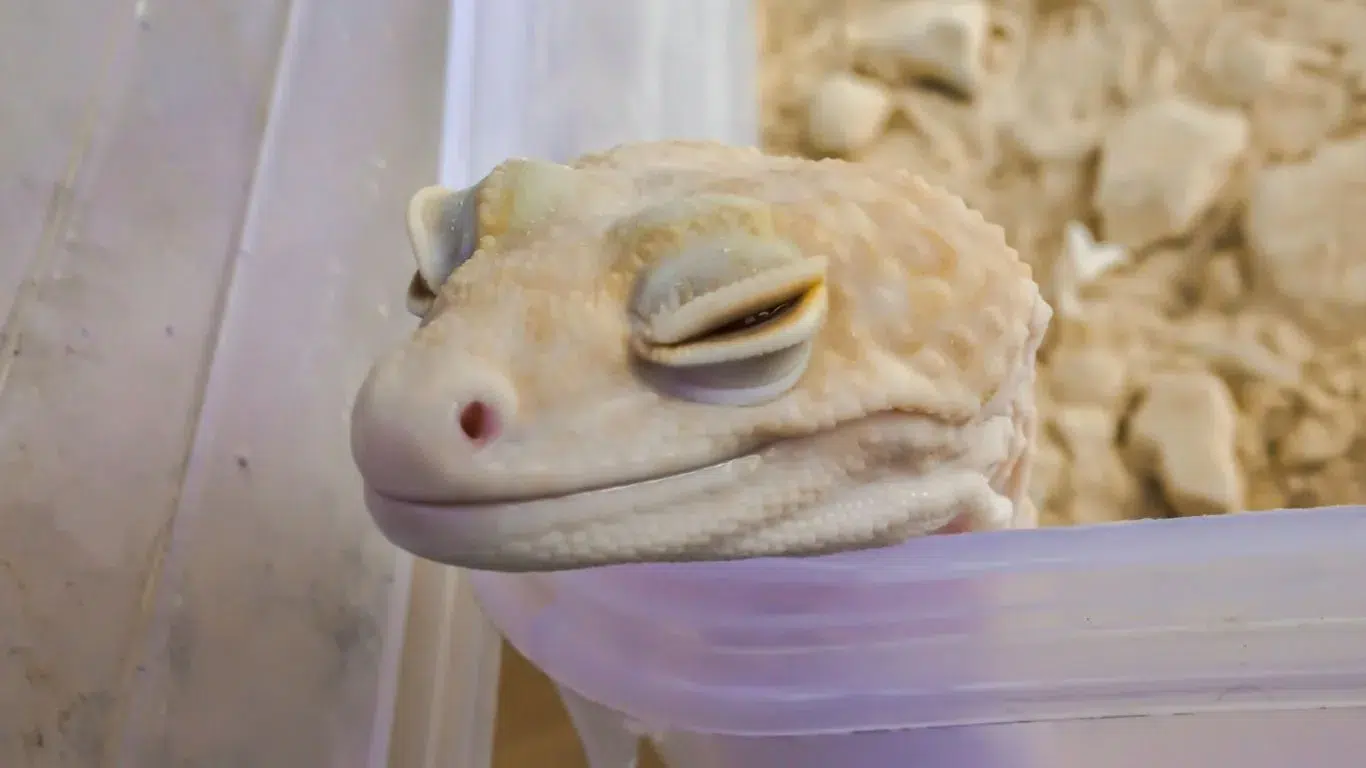
Substrate
The substrate you choose plays a vital role in maintaining the proper humidity levels within the gecko enclosure. Reptile bark or shredded coconut fiber substrate works well for common house geckos, as it retains moisture without becoming overly wet. Adequate substrate depth is necessary for burrowing and providing a natural habitat for the geckos.
Humidity
Maintaining the right humidity level is essential for the overall health of your geckos. Common house geckos thrive in a moderate to high humidity environment, with levels ranging from 60% to 75%. Regular misting of the enclosure, especially in the evening, helps to create the necessary humidity for your geckos.
Temperature Gradient
Common house geckos require a temperature gradient within their enclosure to allow them to regulate their body temperature effectively. The daytime temperature should range from 75°F to 90°F, while the nighttime temperature can drop to 65°F to 75°F. Providing a thermal gradient allows geckos to find their preferred temperature within the enclosure.
UVA/UVB Lighting
UVA/UVB lighting is crucial for common house geckos, as it helps them metabolize calcium and synthesize Vitamin D3. The lighting should be provided during the daytime, replicating natural sunlight. Choose a high-quality reptile-specific UVA/UVB bulb and place it within the enclosure to ensure your geckos receive the necessary light exposure.
Remember to position the lighting source in a way that provides both light and shade areas within the gecko enclosure, allowing the geckos to bask and retreat as needed.
| Key Elements | Optimal Conditions |
|---|---|
| Enclosure Size | 20-gallon tall terrarium or larger |
| Substrate | Reptile bark or shredded coconut fiber |
| Humidity | Moderate to high (60% to 75%) |
| Temperature Gradient | Daytime: 75°F to 90°F Nighttime: 65°F to 75°F |
| UVA/UVB Lighting | Reptile-specific bulb providing UVA/UVB during the daytime |
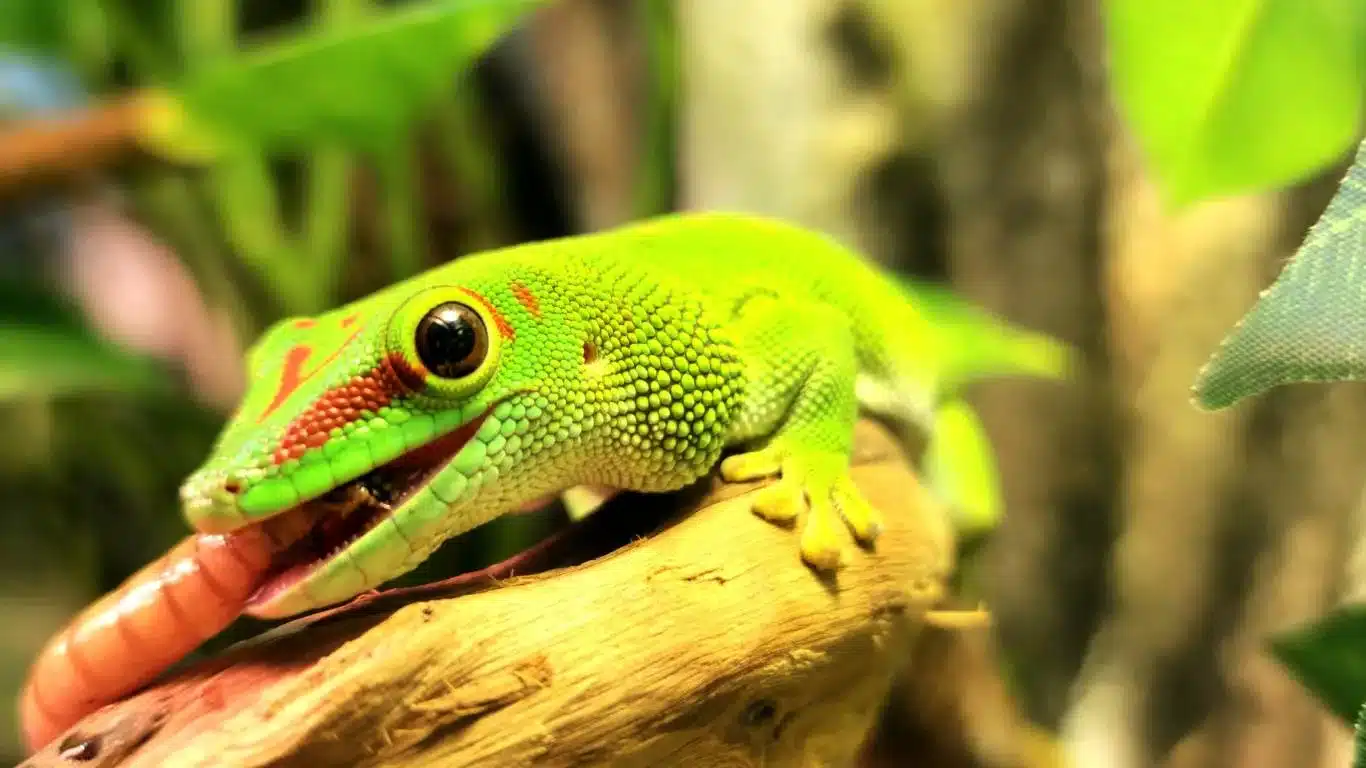
Feeding a Healthy Diet to Your Gecko
Proper nutrition is essential for the health and well-being of your common house gecko. Providing a balanced diet that includes a variety of small prey items will ensure that your gecko receives the necessary nutrients for growth and vitality.
Choosing the Right Prey Items
When it comes to feeding your gecko, small prey items are the best choice. These include:
- Crickets
- Fruit flies
- Silkworms
- Mealworms (occasionally)
These prey items are readily available at pet stores and online reptile supply websites. It’s important to note that the size of the prey should be appropriate for your gecko’s age and size. Young geckos may require smaller prey items, while adult geckos can handle slightly larger ones.
Gut-Loading and Supplementation
To ensure that the prey items are nutritionally beneficial for your gecko, it’s crucial to engage in a process called gut-loading. This involves feeding the prey a nutritious diet before offering them to your gecko. High-quality gut-loading products are available commercially, or you can create your own gut-loading formula using fruits, vegetables, and calcium-rich supplements.
Additionally, dusting the prey items with a calcium supplement two to three times a week is vital for gecko health. Calcium is essential for proper bone development and overall metabolic function. Make sure to choose a calcium supplement specifically formulated for reptiles.
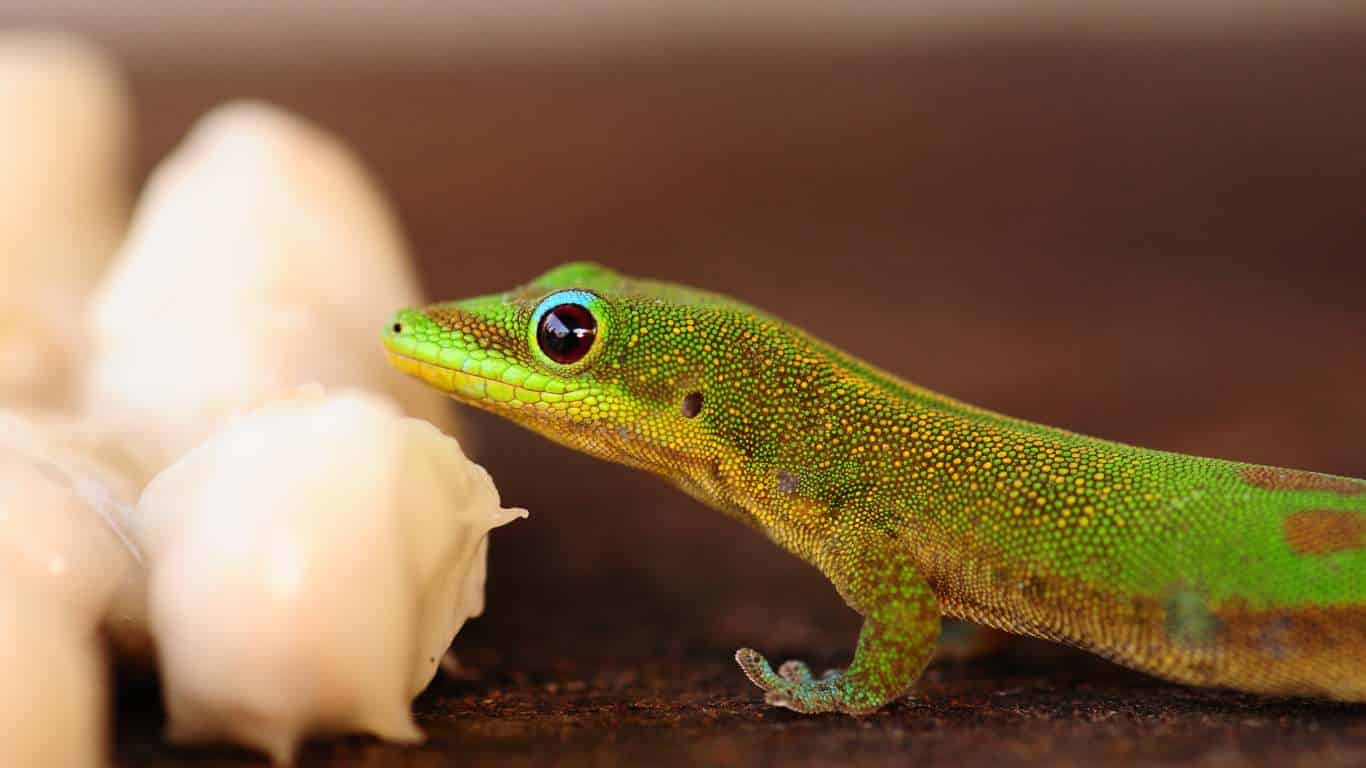
Feeding Frequency
The feeding frequency of your gecko depends on its age and size. Juvenile geckos should be fed daily to support their rapid growth. As they mature, you can gradually reduce the feeding frequency to every other day for adult geckos. Monitor your gecko’s weight and adjust the feeding schedule accordingly to maintain a healthy body condition.
Hydration and Water
While it’s important to provide a small shallow water dish with fresh water in your gecko’s enclosure, most geckos prefer to drink from water droplets collected on the glass or furnishings. Mimicking natural dew or rain droplets is highly beneficial for their hydration needs.
In brief, a well-rounded diet consisting of small prey items, proper gut-loading and calcium supplementation, and a suitable feeding schedule will ensure the optimal health and longevity of your common house gecko. By meeting their dietary needs, you can enjoy the companionship of a vibrant and thriving gecko.
Common Health Issues in Geckos
Geckos, like any other pets, can experience health problems that require attention and care. Understanding the common health issues in geckos will help you ensure the well-being of your reptilian companion.
Metabolic Bone Disease (MBD)
Metabolic bone disease is a prevalent condition in geckos, often caused by a lack of dietary calcium and vitamin D. Without these essential nutrients, geckos’ bones can become weak and fragile, leading to limb deformities and other serious complications.
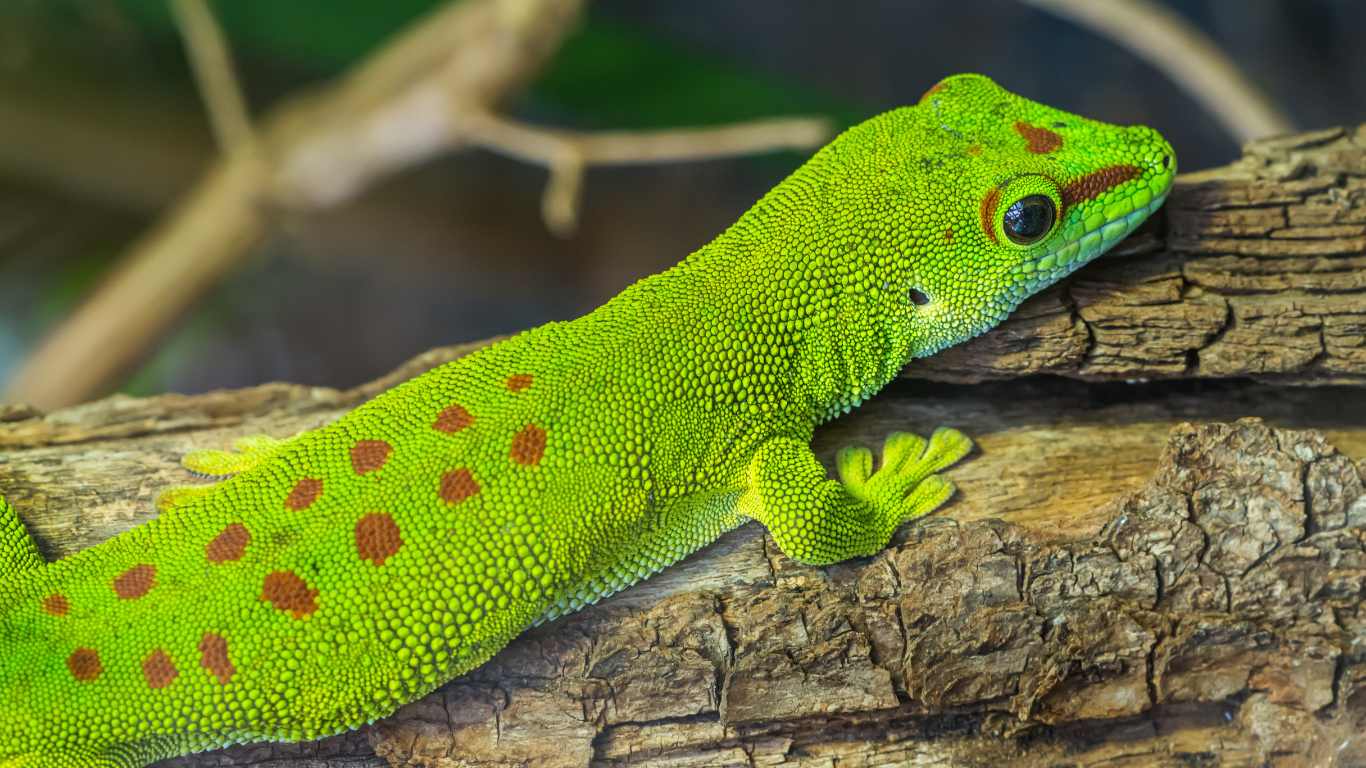
Early signs of MBD include poor appetite and lethargy. As the disease progresses, you may notice bowed or twisted limbs, difficulty moving, or even fractures. If left untreated, metabolic bone disease can significantly impact your gecko’s quality of life.
Respiratory Infections
Respiratory infections are another common health problem in geckos. These infections can be bacterial, fungal, or viral in nature and typically affect the upper or lower respiratory tract. Common symptoms include drooling, wheezing, excess mucus, and open-mouth breathing.
Respiratory infections in geckos can be caused by poor husbandry practices, such as inadequate ventilation, improper humidity levels, or stress. It is essential to maintain a clean and well-ventilated enclosure to minimize the risk of respiratory infections.
“Proper husbandry, including a clean and well-maintained enclosure, is crucial for preventing respiratory infections in geckos.”
Consulting a Reptile Veterinarian
If you suspect that your gecko is experiencing any health issues, it is crucial to consult a veterinarian who specializes in reptile care. Reptile veterinarians have the knowledge and expertise to diagnose and treat conditions specific to geckos.
When seeking veterinary care, ensure that the veterinarian has experience with reptiles and a good understanding of gecko health. They can perform thorough examinations, order diagnostic tests if necessary, and provide appropriate treatment options.
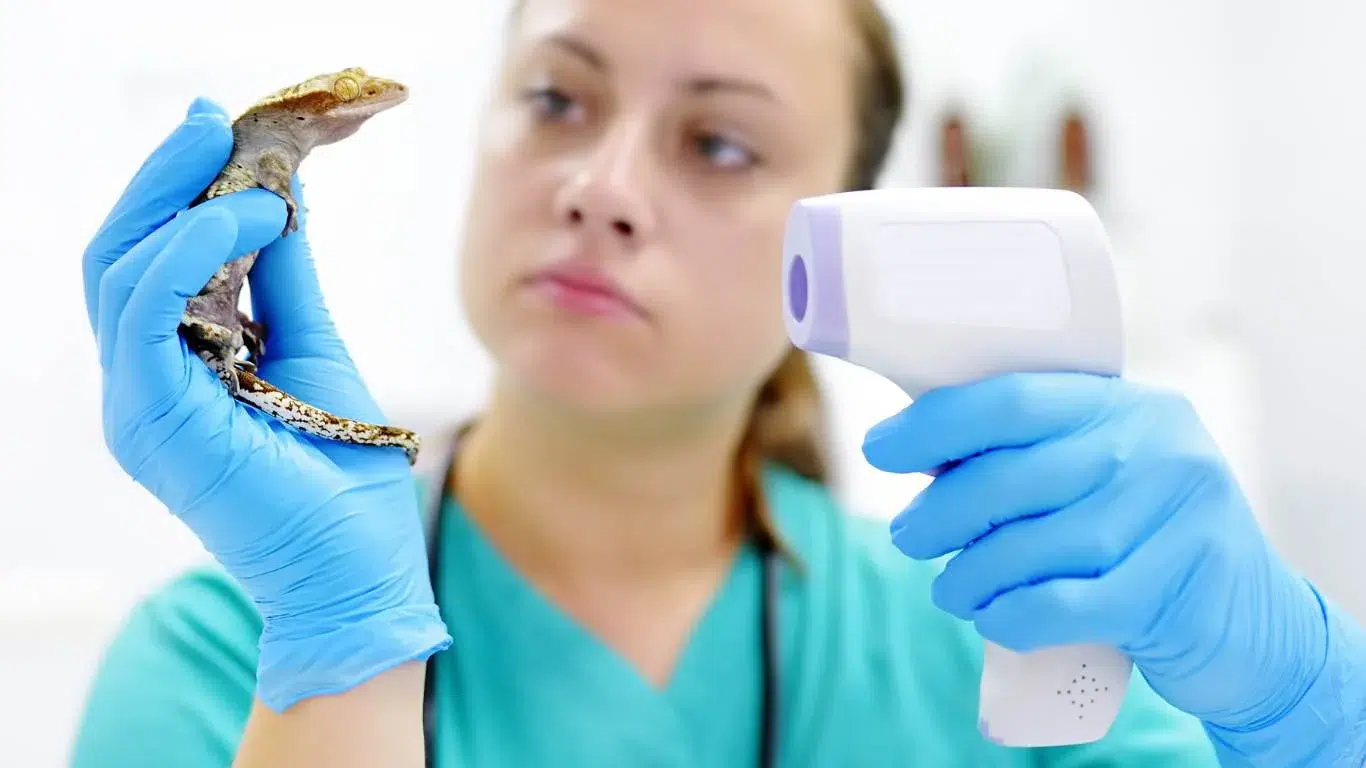
| Health Problem | Symptoms |
|---|---|
| Metabolic Bone Disease (MBD) | Poor appetite, limb deformities |
| Respiratory Infections | Drooling, wheezing, excess mucus |
Table: Common Health Issues in Geckos
Remember, prevention is key when it comes to maintaining your gecko’s health. Providing a proper diet, appropriate environmental conditions, and regular veterinary check-ups can go a long way in ensuring the well-being of your gecko.
Other Types of Geckos as Pets
While common house geckos are popular as pets, there are many other types of geckos suitable for beginners. Leopard geckos, crested geckos, tokay geckos, and day geckos are among the popular choices. Each species has its own temperament, activity level, and care requirements. It is best to acquire a captive-bred gecko from a reputable breeder to ensure its health and avoid supporting the capture of wild geckos.
Comparison of Gecko Species
| Species | Temperament | Activity Level | Care Requirements |
|---|---|---|---|
| Leopard Geckos | Docile and Easy to Handle | Nocturnal | High Calcium Diet, Sand or Paper Substrate |
| Crested Geckos | Docile and Sociable | Nocturnal | High Humidity, Fruit-Based Diet |
| Tokay Geckos | Territorial and Aggressive | Nocturnal | Large Enclosures, Insect-Based Diet |
| Day Geckos | Active and Fast-Moving | Diurnal | Tropical Habitat, Fruit and Insect Diet |
Each of these gecko species offers a unique pet ownership experience. Whether you prefer a docile and handleable gecko like the leopard gecko or a fast-moving and visually striking gecko like the day gecko, there is a pet gecko out there to suit your interests. By choosing a captive-bred gecko from a reliable source, you can be confident in the health and well-being of your new reptile companion.
General Care Requirements for Geckos
When it comes to gecko care, there are several key aspects to consider to ensure the well-being of your reptilian companion. These include providing appropriate enclosures, suitable lighting, the right substrate, a nutritious diet, and access to water.
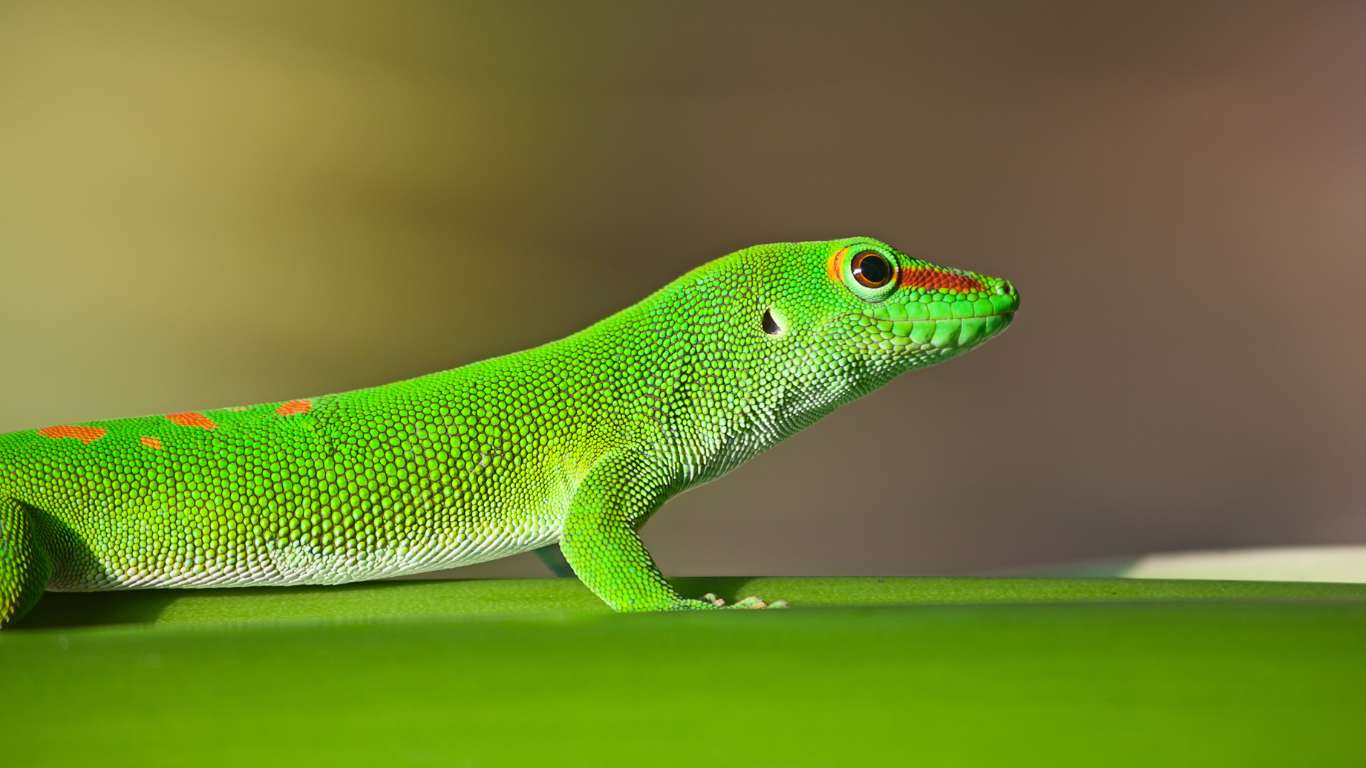
Enclosures
Geckos thrive in well-planted naturalistic terrariums that mimic their natural habitat. A vertically oriented enclosure is important, as many gecko species love to climb and explore. Creating a stimulating environment with branches and foliage will keep your gecko active and happy.
Lighting
For diurnal species of geckos, such as leopard geckos, proper lighting is crucial. Ultraviolet B (UVB) lighting is necessary to provide the necessary vitamin D3 synthesis, allowing your gecko to properly absorb calcium. It’s important to research the specific lighting needs of your gecko species to provide the right type and intensity of light.
Substrate
The choice of substrate for your gecko’s enclosure is vital for their comfort and overall health. Coconut husk or orchid bark are popular options as they provide a naturalistic appearance and retain moisture without being excessively wet. Avoid substrates that can cause impaction, such as sand or gravel.
Diet
A gecko’s diet mainly consists of small insects, such as crickets, fruit flies, and mealworms. Some gecko species may also benefit from occasional fruit or nectar. It’s important to provide a varied diet to ensure your gecko receives all the essential nutrients they need. Additionally, make sure to dust their food with a calcium supplement two to three times a week to prevent metabolic bone disease.
Water
Geckos require access to clean water for hydration. While a small shallow water dish can be provided, many geckos prefer to drink water droplets collected on the glass and furnishings. Regular misting of the enclosure with a spray bottle will help create the necessary humidity and provide water for your gecko to lap up.
Remember, caring for geckos may have slight variations depending on the species, so always consult specific care guides for your gecko to ensure you meet their unique needs.
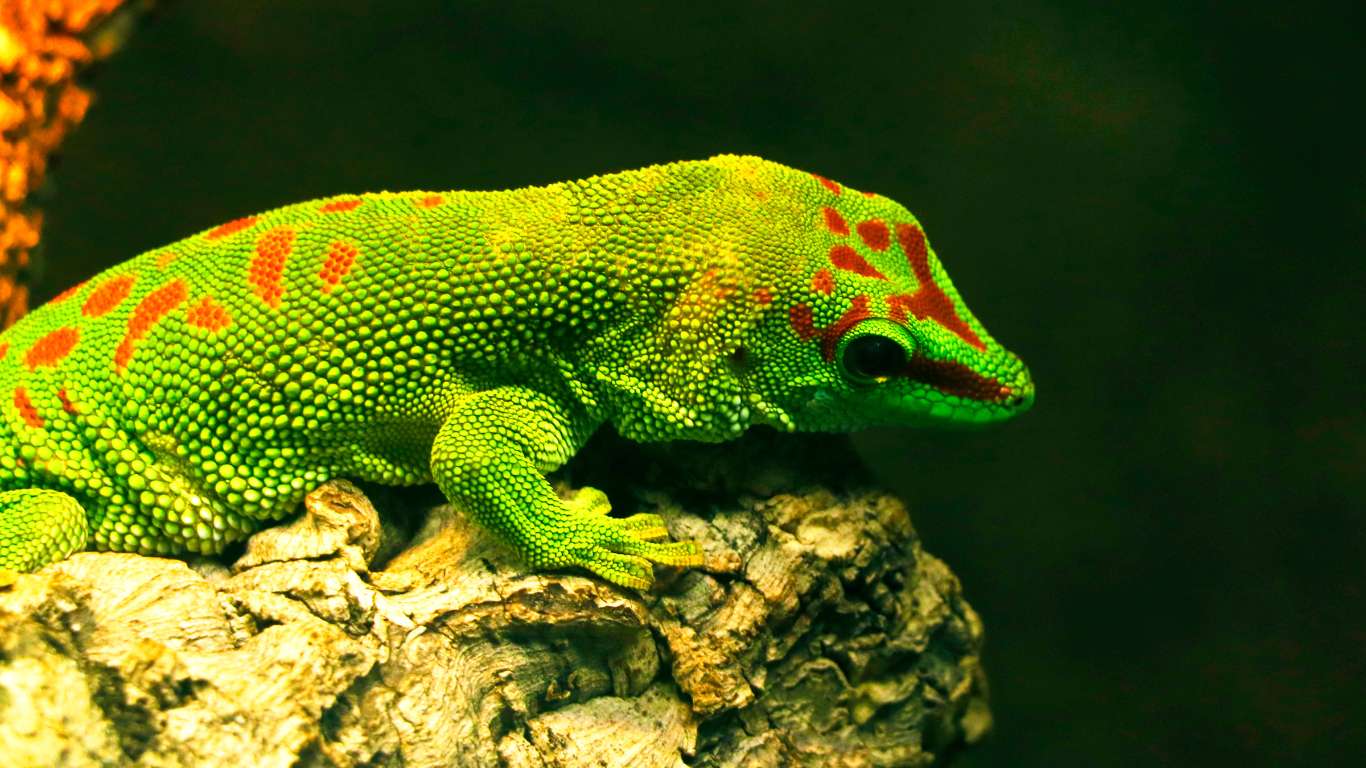
Caring for the Giant Day Gecko
The giant day gecko, scientifically known as Phelsuma grandis, is a popular species in the reptile trade. It is the largest member of the day gecko group, with adult males reaching a foot in total length. They can live for 6 to 8 years if properly cared for.
Giant day geckos require spacious enclosures, naturalistic terrariums, specific lighting and temperature conditions, suitable substrates, and a diet of insects and fruit. To ensure the well-being of your giant day gecko, follow these care guidelines:
1. Enclosure: Provide a spacious enclosure with vertical space for climbing. A 30-gallon terrarium or larger is recommended for a single gecko. Decorate the enclosure with branches, vines, and live plants.
2. Lighting and Temperature: Giant day geckos need access to UVA and UVB lighting to support their overall health. Use a full-spectrum reptile lamp to provide these essential light wavelengths. Maintain a temperature gradient of 78-84°F during the day, with a drop to 72-78°F at night.
3. Substrates: Use a suitable substrate such as coconut fiber or peat moss to create a moist and naturalistic environment for your gecko. Avoid using substrate materials that may cause impaction if ingested.
4. Feeding: Feed your giant day gecko a varied diet consisting of small insects such as crickets, fruit flies, and small roaches. Offer a mix of gut-loaded insects and commercially available gecko diets. Supplement their diet with fresh fruit puree occasionally.
5. Hydration: Provide a shallow dish of clean water for your gecko to drink from. Additionally, mist the enclosure daily to create a humid environment and allow your gecko to drink water droplets.
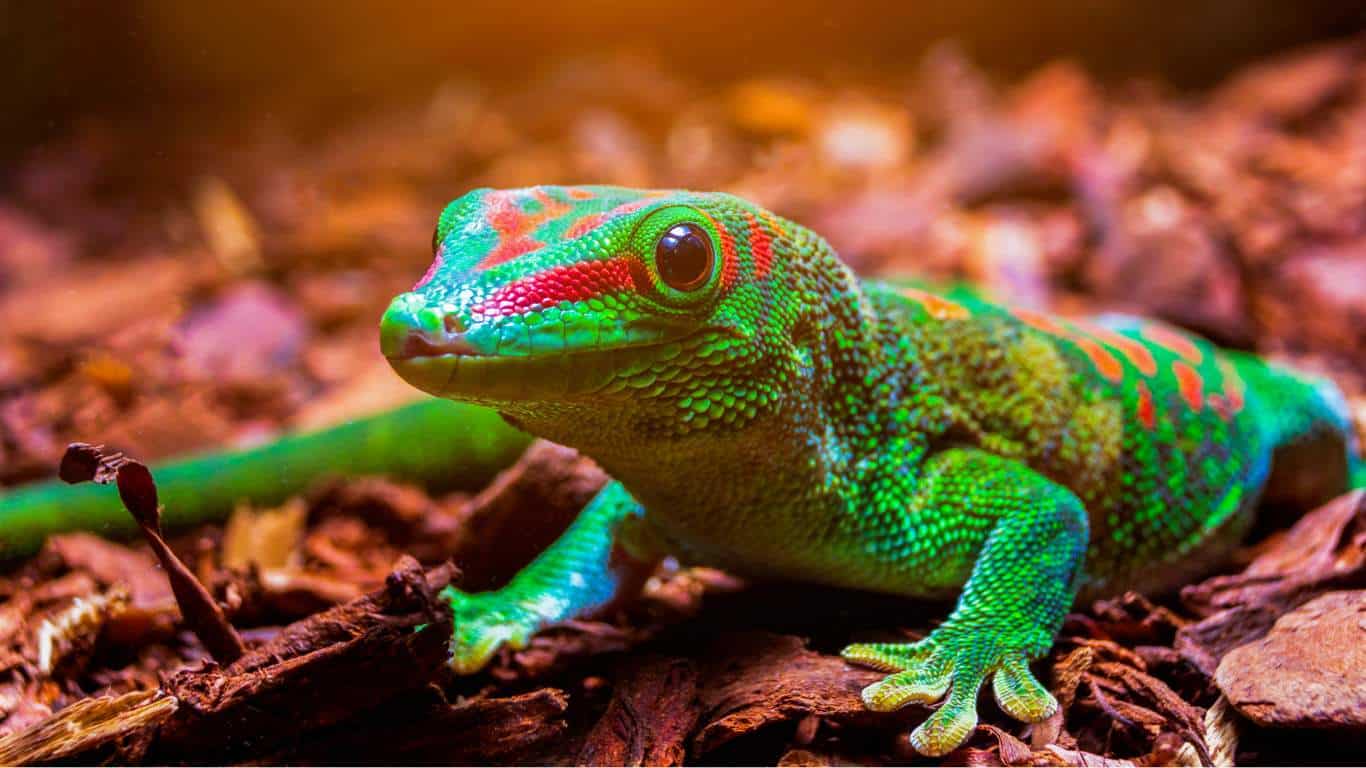
Tips for Caring for a Giant Day Gecko:
- Monitor the humidity levels in the enclosure to ensure they stay between 60-80%. Use a hygrometer to measure humidity accurately.
- Handle your gecko with care and avoid excessive stress. Give them time to acclimate to their new environment before attempting any handling.
- Observe your gecko’s behavior and health regularly. Look out for signs of illness or stress, such as decreased appetite, lethargy, or abnormal shedding.
- Consult a reptile veterinarian familiar with giant day geckos if you have any concerns about your gecko’s health or behavior.
By providing the proper care and environment, you can enjoy the beauty and fascinating behaviors of the giant day gecko for years to come.
Tips for Breeding Giant Day Geckos
Successfully breeding giant day geckos requires careful attention to the specific needs of these vibrant reptiles. Maintaining proper conditions in the enclosure is crucial, including appropriate lighting, temperature, and humidity levels. Here are some essential tips to help you breed giant day geckos:
- Enclosure Setup: Provide a spacious and well-planted terrarium for the breeding pair. Vertical space is important for the geckos to establish territories and engage in natural behaviors.
- Housing Male and Female: Initially, male and female geckos can be housed together. However, closely monitor their behavior for signs of aggression or stress. If necessary, separate the geckos to avoid injury or reduced breeding success.
- Temperature and Lighting: Maintain a temperature range of 75-85°F (24-29°C) during the day and a slight drop at night. Use appropriate heating and lighting sources, such as heat bulbs and UVB lighting, to replicate their natural environment.
- Humidity: Giant day geckos thrive in moderate to high humidity levels. Mist the enclosure daily to provide them with the necessary moisture, but ensure proper ventilation to prevent excessive humidity.
- Nesting Site: Create suitable nesting areas within the enclosure, such as cork bark or leaf litter. These areas allow the female gecko to lay her eggs and provide a safe environment for incubation.
- Egg Incubation: Once the female lays her eggs, carefully remove them from the enclosure and place them in an incubator. Maintain a temperature of around 80-82°F (26-28°C) with high humidity levels to ensure successful incubation.
- Neonate Care: When the eggs hatch, move the neonates to smaller enclosures with appropriate-sized food items, such as fruit flies and small crickets. Monitor their growth, provide adequate heating and lighting, and ensure they have access to clean water.
- Selective Breeding: Breeding giant day geckos offers the opportunity for selective breeding to produce unique and vibrant color morphs. Research different color variations and pair geckos with desired traits to achieve specific breeding goals.
With careful attention to their needs and proper breeding strategies, you can successfully breed giant day geckos and contribute to the conservation and diversity of these stunning reptiles.
Join the Pet Planet Diaries
Sign up for our newsletter to get the latest tips, stories, and exclusive insights into the wonderful world of pets.
Final Remarks
Caring for a green gecko, whether it is a common house gecko or a giant day gecko, requires attention to their specific needs. Proper care can ensure their health and longevity, making them fascinating and vibrant reptile companions.
To provide the best green gecko care, it is important to maintain the appropriate temperature, humidity, and lighting in their enclosure. Additionally, creating a suitable habitat with proper climbing furnishings and hiding spots is crucial to their well-being.
When choosing a green gecko as a pet, it is recommended to acquire them from reputable green gecko breeders. This supports ethical practices and helps avoid contributing to the capture of wild geckos. By obtaining geckos from reliable sources, you can ensure the health and quality of your new pet.
Overall, with the right care and environmental conditions, green geckos can thrive as pet reptiles. Their unique characteristics, colorful appearances, and relatively low maintenance make them excellent companions for reptile enthusiasts. So, if you’re looking for a captivating and rewarding pet, consider bringing a green gecko into your home.
FAQ
What is a green gecko?
A green gecko, also known as a common house gecko, is a small lizard native to southern Europe and northern Africa.
How long do green geckos live?
Green geckos can live for 5+ years in captivity with proper care.
What is the scientific name for the common house gecko?
The scientific name for the common house gecko is Hemidactylus frenatus.
What do common house geckos look like?
Common house geckos are typically yellowish tan with dark spots or pale grey-white in color. They have a length of 3 to 5 inches (including the tail).
What kind of enclosure do green geckos need?
Green geckos require a warm and humid enclosure with climbable furnishings like branches and plants.
What should I feed my green gecko?
Green geckos should be fed a diet of small prey items such as crickets, fruit flies, silkworms, and the occasional mealworm.
What are some common health issues in geckos?
Common health issues in geckos include metabolic bone disease and respiratory infections.
What other types of geckos are suitable for beginners?
Other types of geckos suitable for beginners include leopard geckos, crested geckos, tokay geckos, and day geckos.
What are the general care requirements for geckos?
Geckos require well-planted naturalistic terrariums, appropriate lighting, suitable substrates, a temperature gradient, and a varied diet of insects and fruit.
How big do giant day geckos get?
Giant day geckos can grow up to a foot in total length.
What do I need to know about breeding giant day geckos?
Breeding giant day geckos requires maintaining proper conditions in the enclosure and housing male and female geckos together unless they show signs of aggression.

